On Apple’s Scary Fast Event
Zimo
9 min read · Oct 31, 2023
Tags of this article:
A quick note on this new tag: I’ll be randomly posting some tech review stuff mostly focusing on what I care about. Personal thoughts and reflections. Enjoy!
The Event
Merely hours ago, the much-anticipated (by me) Scary Fast event unfolded, marking a departure from its traditional 1 AM airing time to a more accessible 8 AM slot in China. As someone who doesn’t indulge in all-nighters, this scheduling proved to be a serendipitous fit for my routine. The event commenced not with the accustomed ‘Good Morning’ from Tim Cook, but rather a ‘Good Evening’ – it’s Halloween, my friend.
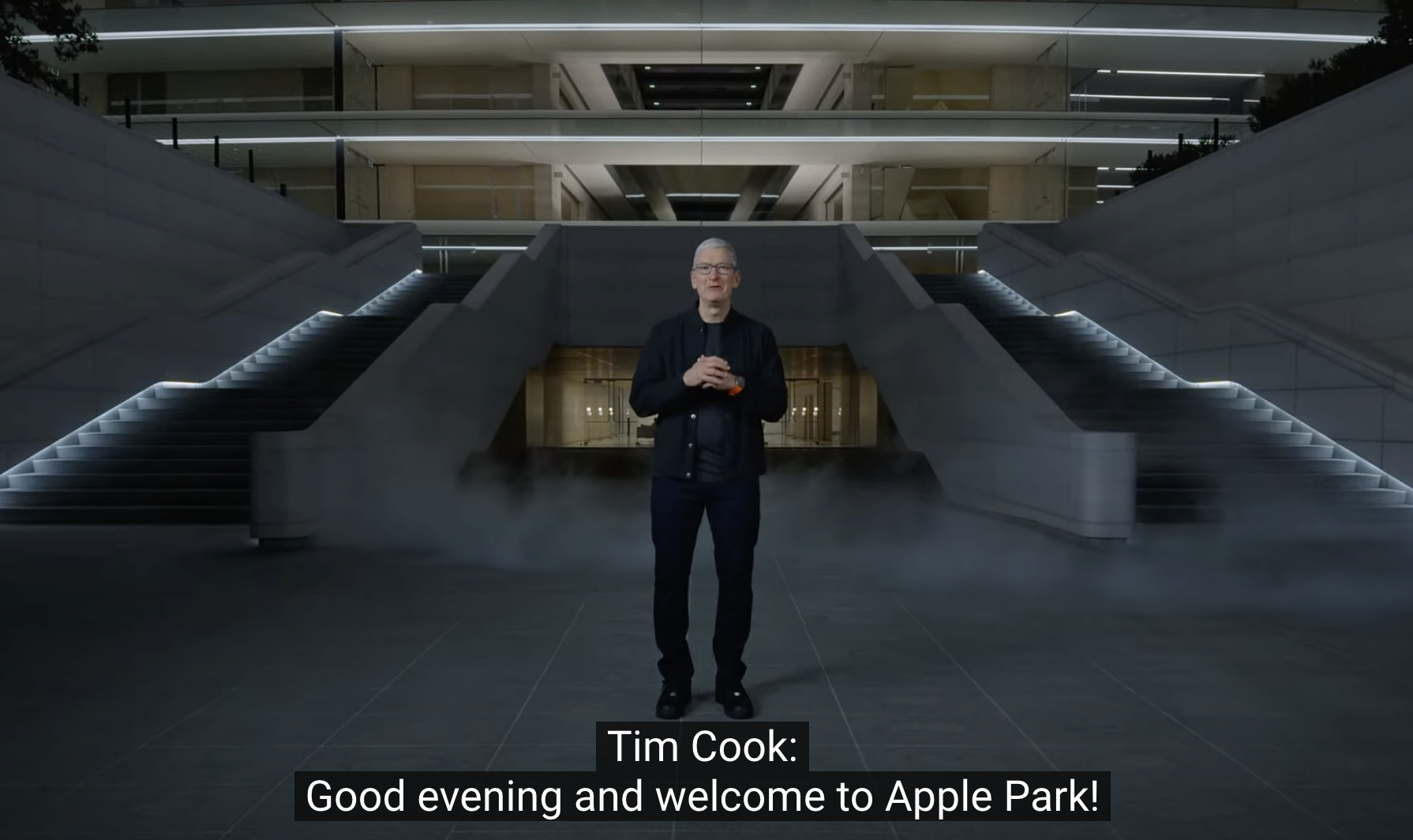
Good evening!
Speaking of Halloween, the Spooky Halloween update is also making its rounds in Zimo Web! The event swiftly moved forward, unveiling the M3 lineup, followed by the new MacBook Pro, and culminating with the new iMac. This progression not only highlighted Apple’s latest innovations but also set a new record for the brevity of their pre-recorded events.
Scary Fast Evolution: M3’s Grand Entrance
The M3 family lineup has certainly made a resounding debut, arriving on the scene earlier than many anticipated. Echoing the release of the A17 Pro chip merely a month prior, the new silicon also benefits from TSMC’s 3nm process technology. Given Apple’s historical trend of scaling up their A-series chips to compose the M-series, it stands to reason that the M3 is essentially a robust iteration of the A17 Pro chip. Regrettably, the A17 Pro chip didn’t quite measure up when pitted against its Qualcomm counterpart, and the new 3nm process failed to bring the extra power saving, much to the audience’s disappointment.
Mirroring the marketing strategy employed for the A17 Pro chip, Apple has once again highlighted the major GPU redesign as the M3 chip’s centerpiece, in addition to its advanced manufacturing process. This time around, they’ve revealed more technical aspects behind the redesign, marketing ‘dynamic caching’ as a novel feature. This technique promises a more adaptable methodology for graphics processing, adding another layer of innovation to their technological arsenal.
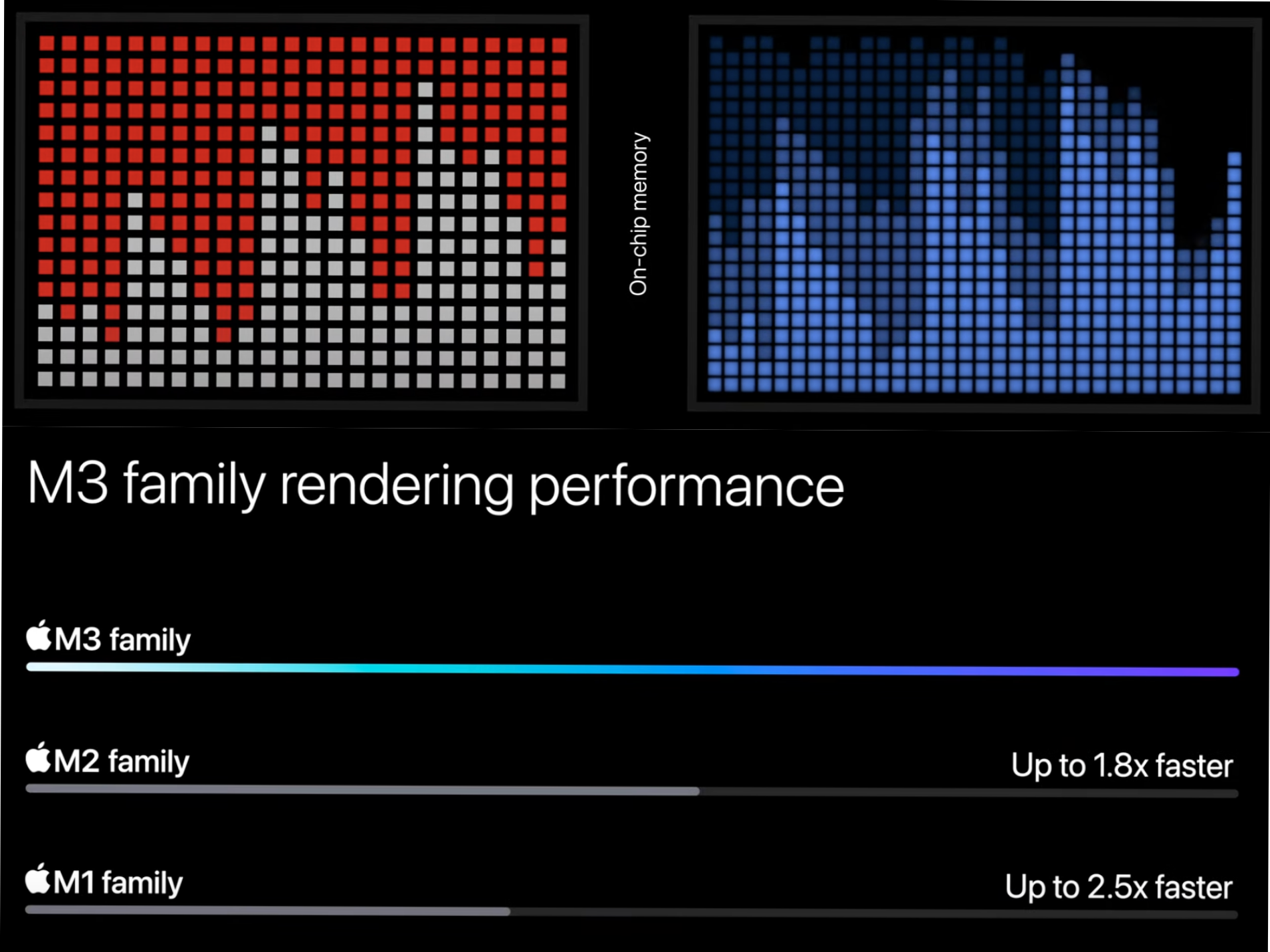
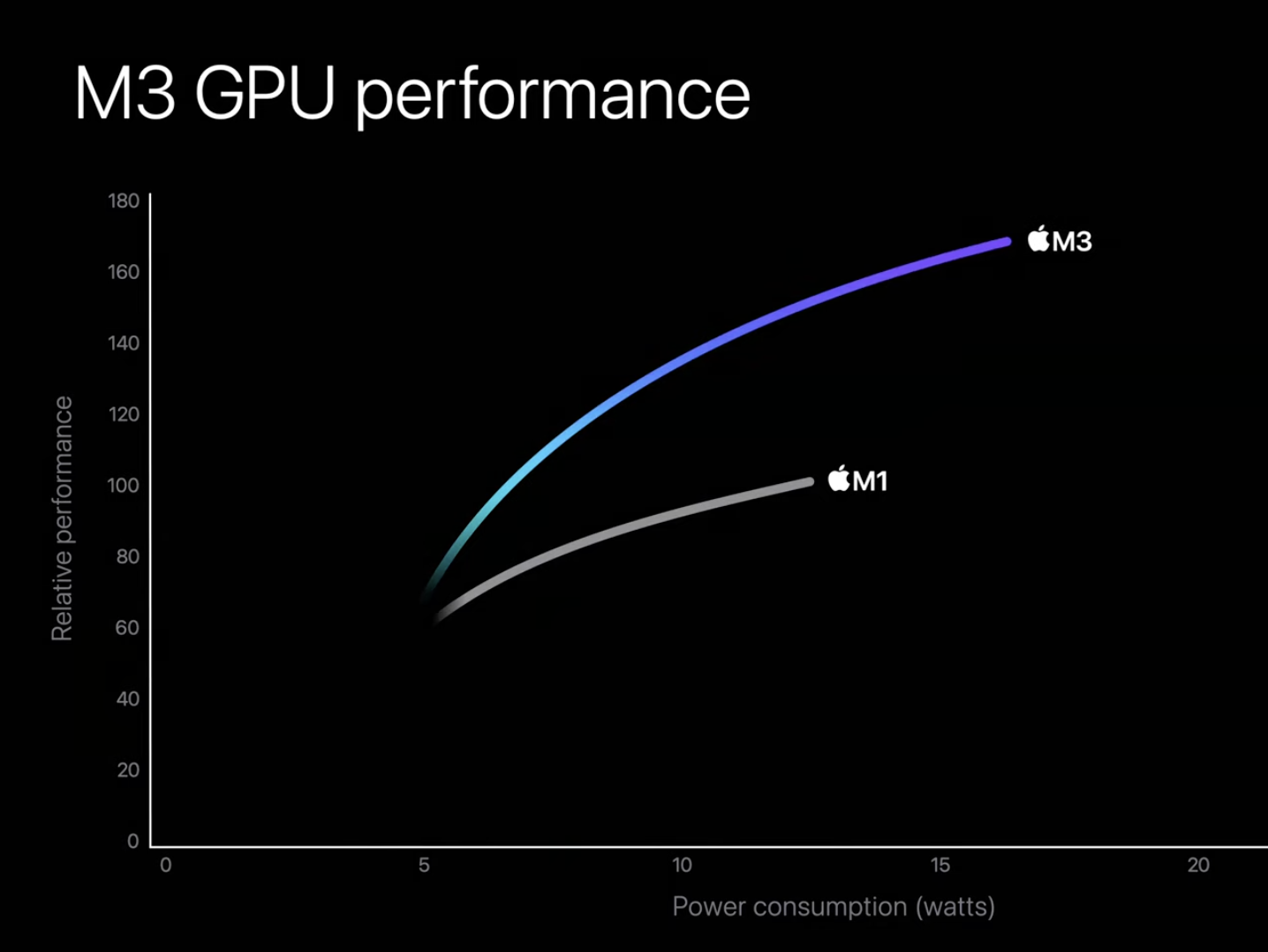
Dynamic caching and renfering performance.
The M3’s GPU performance, as depicted in Apple’s unlabeled charts, showcases a significant leap forward when compared to both the M2 and M1, all the while maintaining an equivalent number of GPU cores as found in the M2. This is a stark contrast to the A17 Pro chip, whose GPU enhancements were perceived as incremental, attributed to the addition of an extra core. However, with Qualcomm’s recent foray into the desktop-grade chip market, Apple finds itself in a fiercely competitive arena. The Snapdragon 8 Gen 3 chip has already outperformed the A17 Pro’s GPU in terms of both peak power and efficiency. While the road ahead for Apple appears challenging, the potential for breakthroughs and success remains ever-present.
Embracing the Halloween Spirit!
Take a break from the technical stuff. Apple has wholeheartedly embraced the festive season, infusing the event with an array of Halloween-inspired transitions – a creative touch unprecedented in their past pre-recorded showcases. While there’s a prevailing sentiment advocating for a return to the pre-COVID era of in-person presentations, I’m more inclined to appreciate the merits of these meticulously crafted videos. They stand out as polished, significantly less susceptible to errors, and offer a viewing experience that is both cinematically rich and widely accessible. After all, why bother?
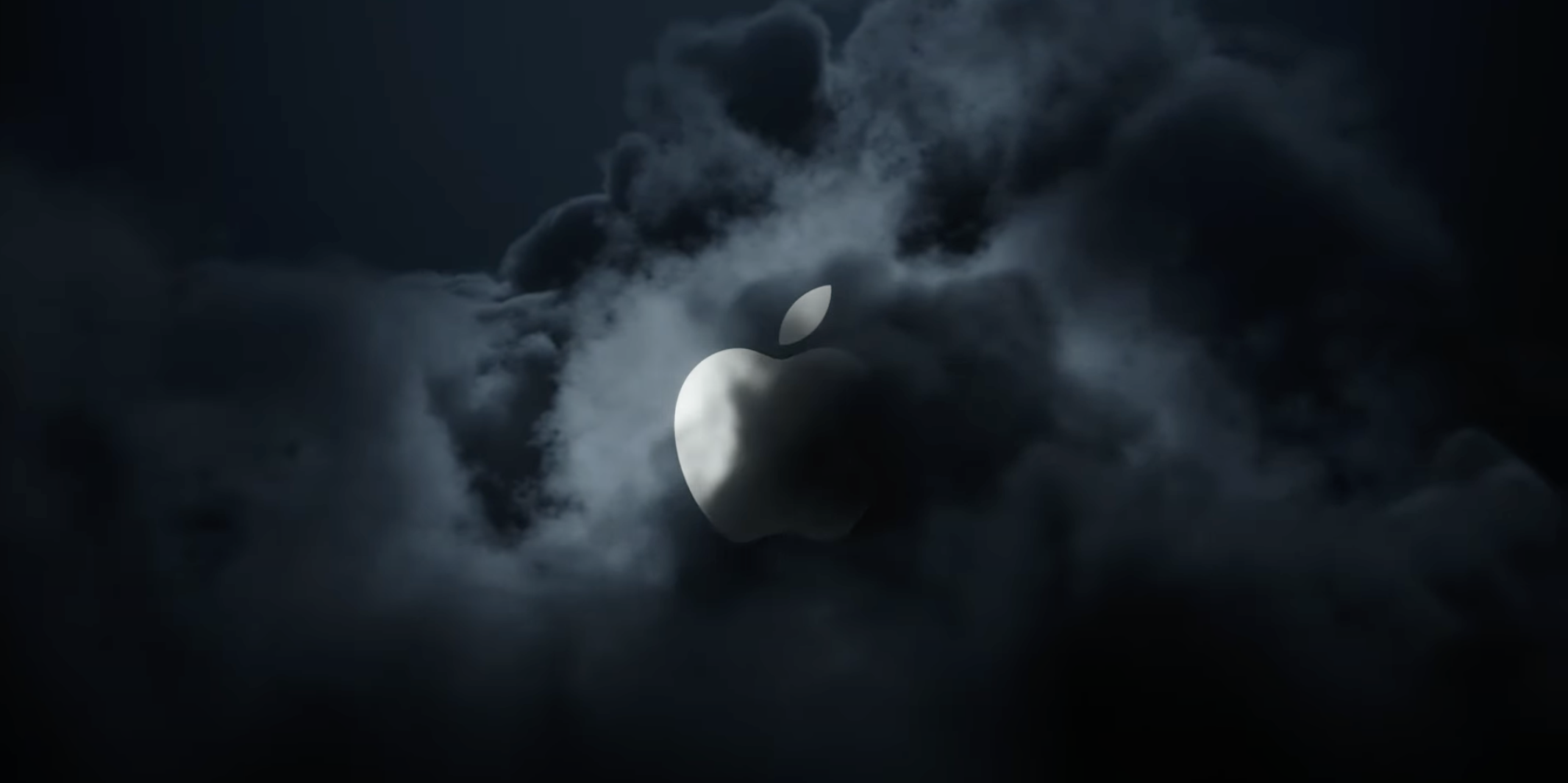
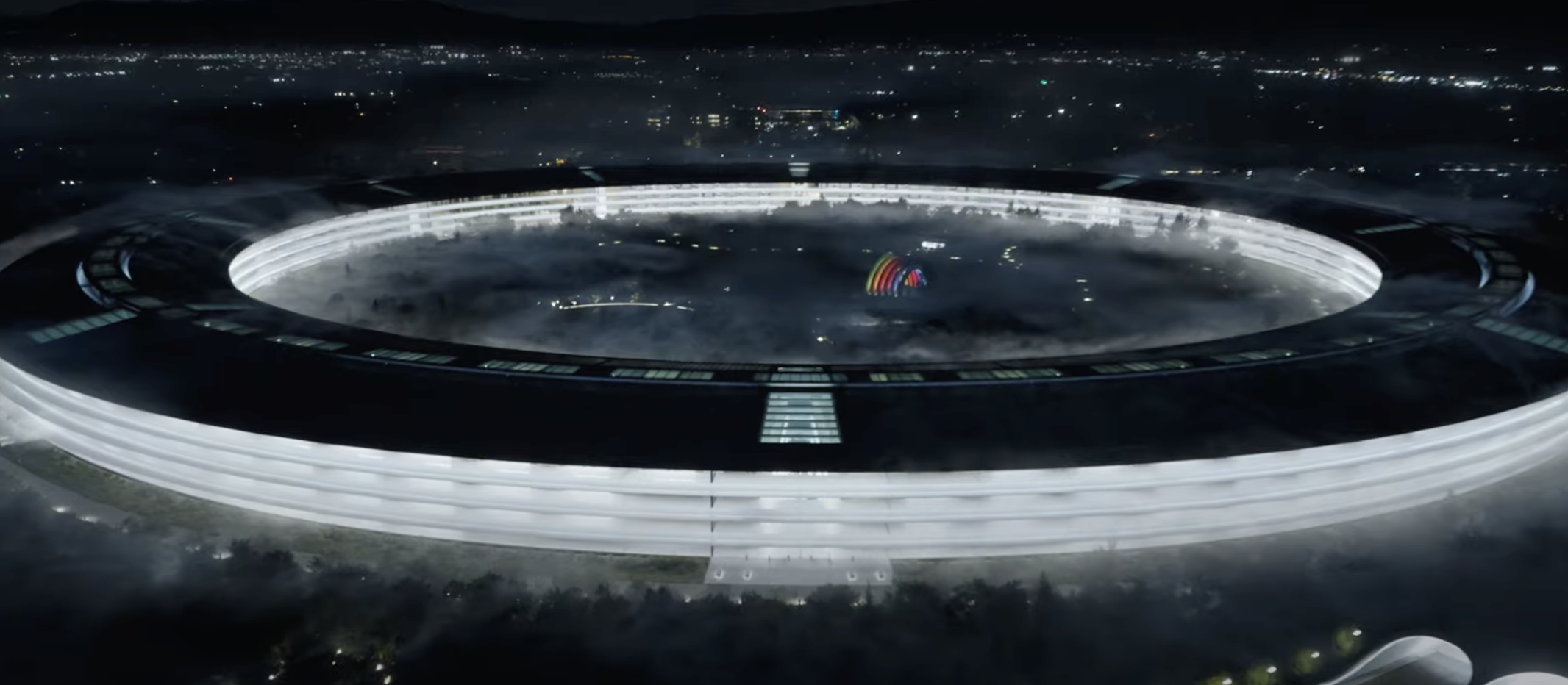
MacBook Pro: More Than a Thousand Words
With the advent of the M3 lineup, Apple has introduced a new member to its esteemed MacBook family, albeit with a twist; this time around, it’s the MacBook Pro, not the MacBook Air. That’s a bold and somewhat perplexing move from the tech giant, as it has concurrently released the base, pro, and max chips, all made more intricate given the absence of the beloved MacBook Air. Since its comprehensive redesign two years prior, the MacBook Pro has maintained a bulky, versatile, rectangular form factor. Whether its primary appeal lies in the advanced cooling system, the aesthetic design, or the sheer performance capabilities, the MacBook Pro has undeniably catered to its target audience with aplomb – I’m not among this target audience, though.
What about the Base Model?
In recent years, the MacBook Pro has experienced minimal upgrades, with new chip iterations representing the primary enhancements. This year’s release partially adheres to this trend. The M3 Pro and M3 Max chips have undoubtedly found their home in these formidable computing devices, yet intriguingly, the base M3 chip has also been integrated into this premium lineup. This raises the question: is the enhanced hardware and cooling system truly justified for the modest base chip, particularly given the significant performance disparity between the base and pro chips? In a subtle nod to compromise, the base chip model features a single fan, as opposed to the dual-fan configuration of its more powerful counterparts. This design choice harks back to the previous generation MacBook Pro, pre-M1 Pro redesign, albeit with a noticeably heftier and more cumbersome form factor. When the M2 chip was released, Apple curiously opted to retain the old MacBook Pro design, complete with the Touch Bar, ushering it into the new era of MacBook lineup. This design anomaly has long been a source of frustration for me, and just when we thought we had seen the last of it, we are presented with this: a seemingly underpowered chip encased in an imposing chassis. While the reduced price point undoubtedly renders it more accessible, it inevitably begs the question: what stops potential customers from holding out for the MacBook Air release? After all, the MacBook Air is notably lighter, boasts a longer battery life, and generally offers a more user-friendly experience.

Touch Bar, the bane of my existence.
Beyond the introduction of the new chip and the perplexing base model, Apple has experimented with a fresh color palette. Previously popular among the gaming laptop domain, the new darker hues have been attempted by Apple for their devices. We saw the introduction of the Midnight color in the M2 MacBook Air, and now, the MacBook Pro debuts the Space Black variant. This new addition eschews all colors in favor of a grayscale palette, further enhanced by an ‘anodization seal’ that Apple claims renders the device impervious to fingerprints. While all of this sounds incredibly promising, the realization that the new color option is exclusive to the pro and max chip models renders the base model all the more enigmatic. This leads to my thought: the base chip is better suited to lightweight models such as the MacBook Air, Mac Mini, and iMac. It may have overstepped its bounds by venturing into the Pro lineup, creating a dichotomy that leaves much to be pondered.
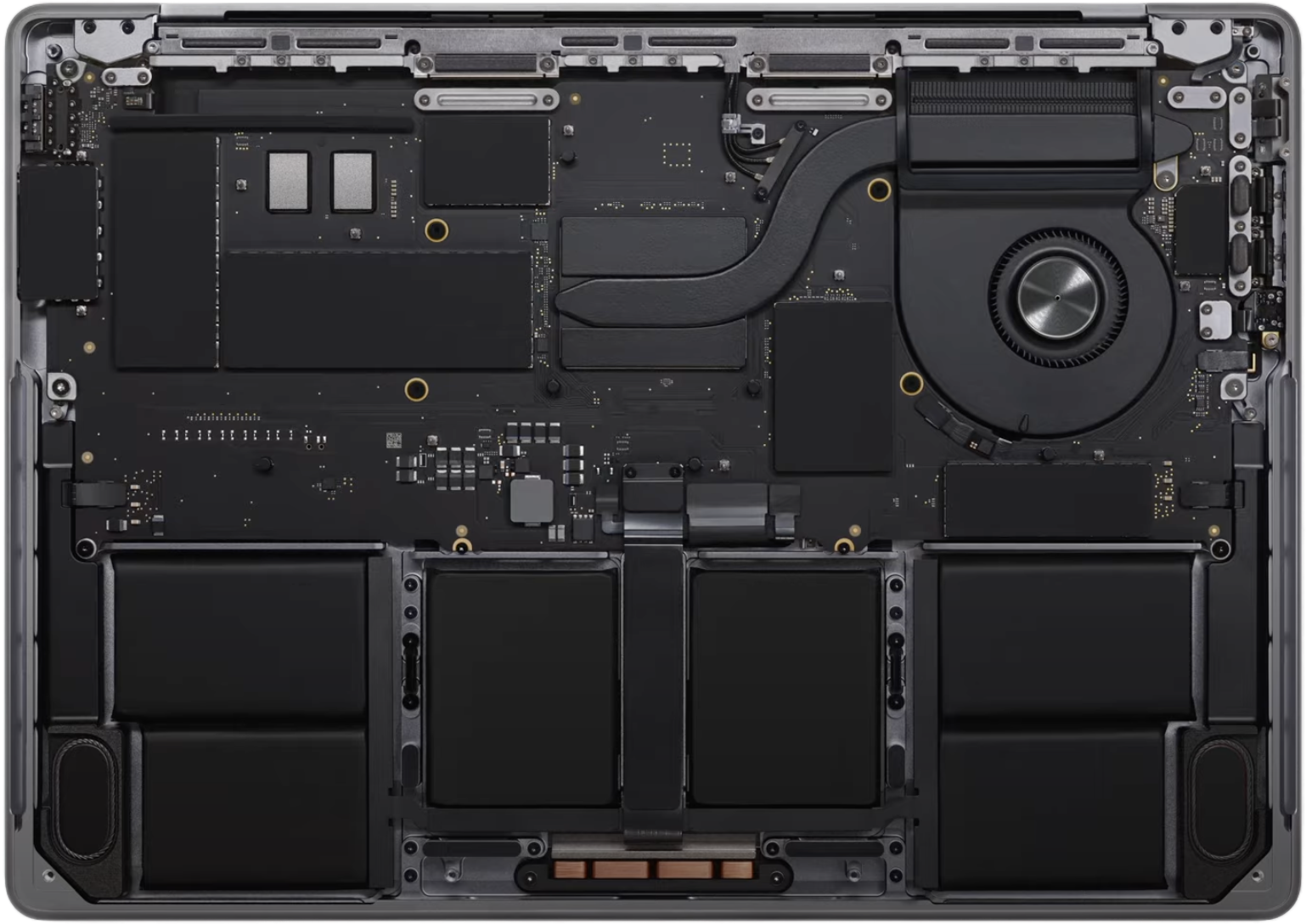
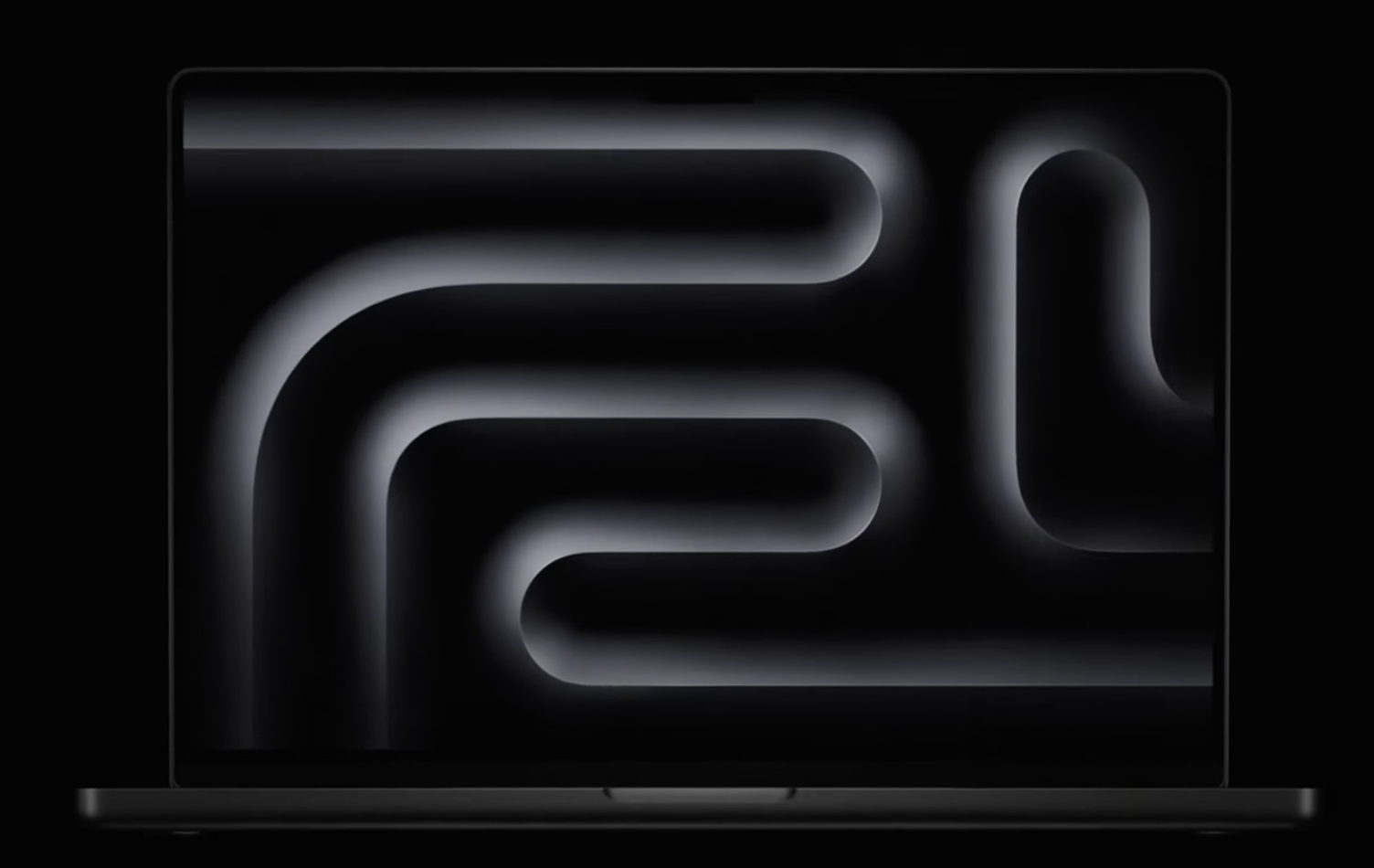
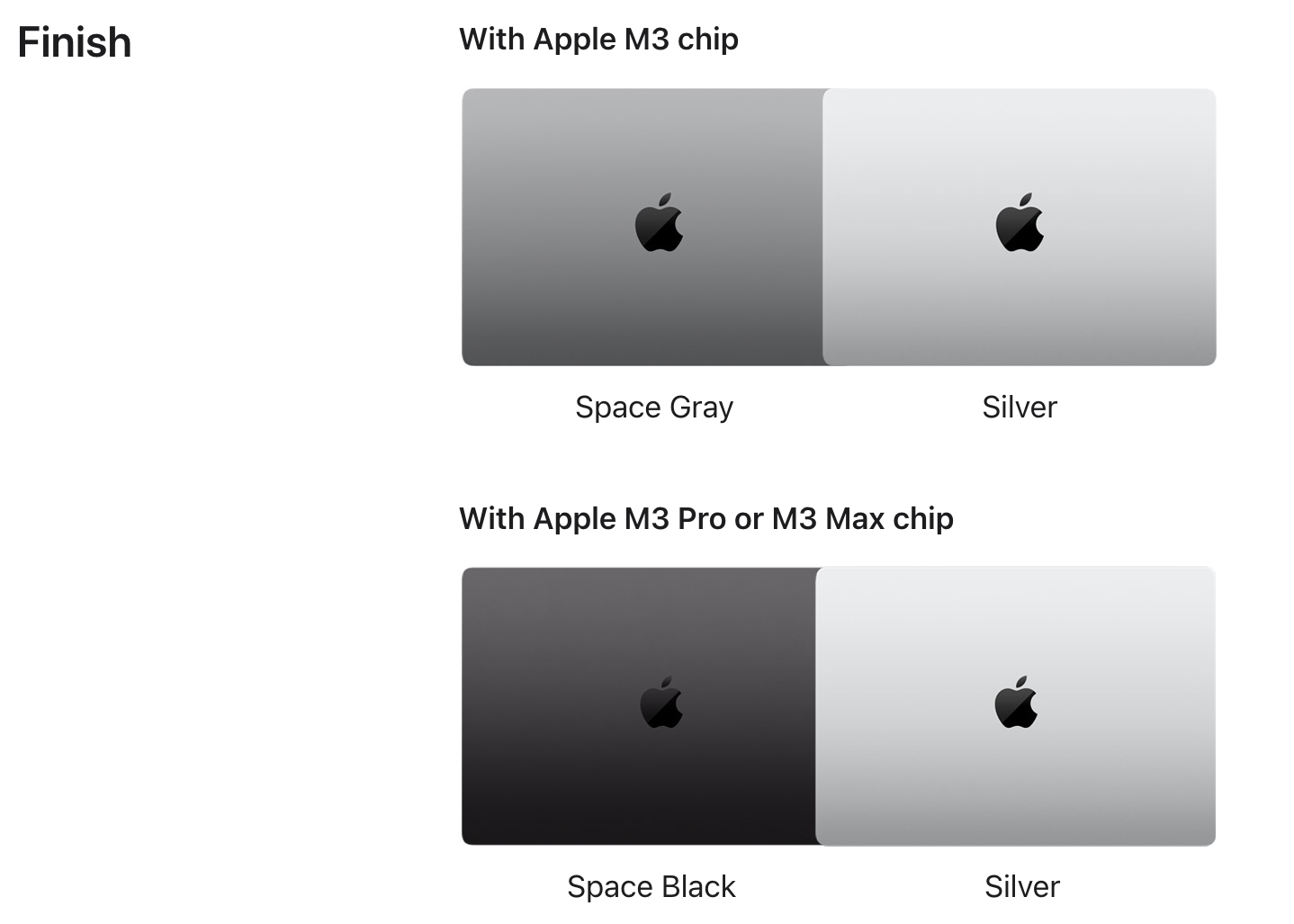
One-fan base model. Not a fan.
RIP, M2 Pro MacBook
Should this latest release strike you as eerily familiar, trust that your instincts are spot on. A mere nine months ago, the tech community bore witness to the debut of the MacBook Pro powered by the M2 Pro chip. Fast forward to the present, and here we are, greeted by its latest incarnation. A mere nine-month interval stands between the previous model and its enigmatic successor, effectively halving the typical lifecycle we’ve come to expect from a MacBook Pro. Indeed, this is not a first time for Apple; a similar scenario was witnessed in early 2020. The company unveiled a modestly updated MacBook Air, only to supersede it later that year with a significantly more powerful version, sporting the groundbreaking M1 chip. However, it’s worth noting that during that period, the M-series chip was still in its experimental phase, with ARM64-compatible software only just beginning to emerge. Consequently, both models coexisted in the Apple store for a duration. This time around, the previous lineup has vanished without a trace, a move that, while anticipated due to the delayed launch of the M2 Pro model, may leave customers, particularly those who invested in the M2 Pro model earlier this year, feeling somewhat bewildered. Yet, from a supply chain perspective, Apple remains unscathed. Thanks to their consistent form factor, all components, with the exception of the chip, are seamlessly repurposed in the new model. As for the M2 Pro and Max chips, they’ve gracefully transitioned to their new home within the Mac Mini and Mac Studio lineups. Bravo, Apple.

RIP.
Where are the New iPads?
On the topic of delays, one cannot help but ponder the whereabouts of the new iPads. For an impressive decade, Apple has maintained a steadfast annual release cycle for its base iPad model – a tradition that now seems to be in jeopardy. As the year progresses with no new iPad in sight, the likelihood of a release grows increasingly slim, leaving us to wonder about the future of Apple’s iconic tablet. Moreover, the iPad mini and iPad Air, both of which have reached their typical end-of-life cycle, are conspicuously missing from the lineup – all but adding up the mystery surrounding Apple’s strategy for their best-selling tablets.
iMac: No One Asked
The latest iteration of the iMac, despite being eclipsed by the formidable Pro chips and the MacBook Pro, has managed to resurface after a hiatus of two and a half years. Yet, the unveil has left much to be desired. Mirroring its predecessor, the iMac is available in two distinct configurations, differentiated by the number of USB-C ports, the inclusion of an Ethernet port on its power brick, and the number of internal cooling fans. Disappointingly, aside from the transition to the M3 chip, the device remains largely unchanged, prompting questions regarding the M2’s absence in the iMac lineup. It is conceivable that the previous model’s innovative design set the bar exceptionally high, casting a shadow too substantial for this latest release to make a meaningful impact. A classic Apple move, though it seems, and one to which we have, perhaps, become all too familiar.

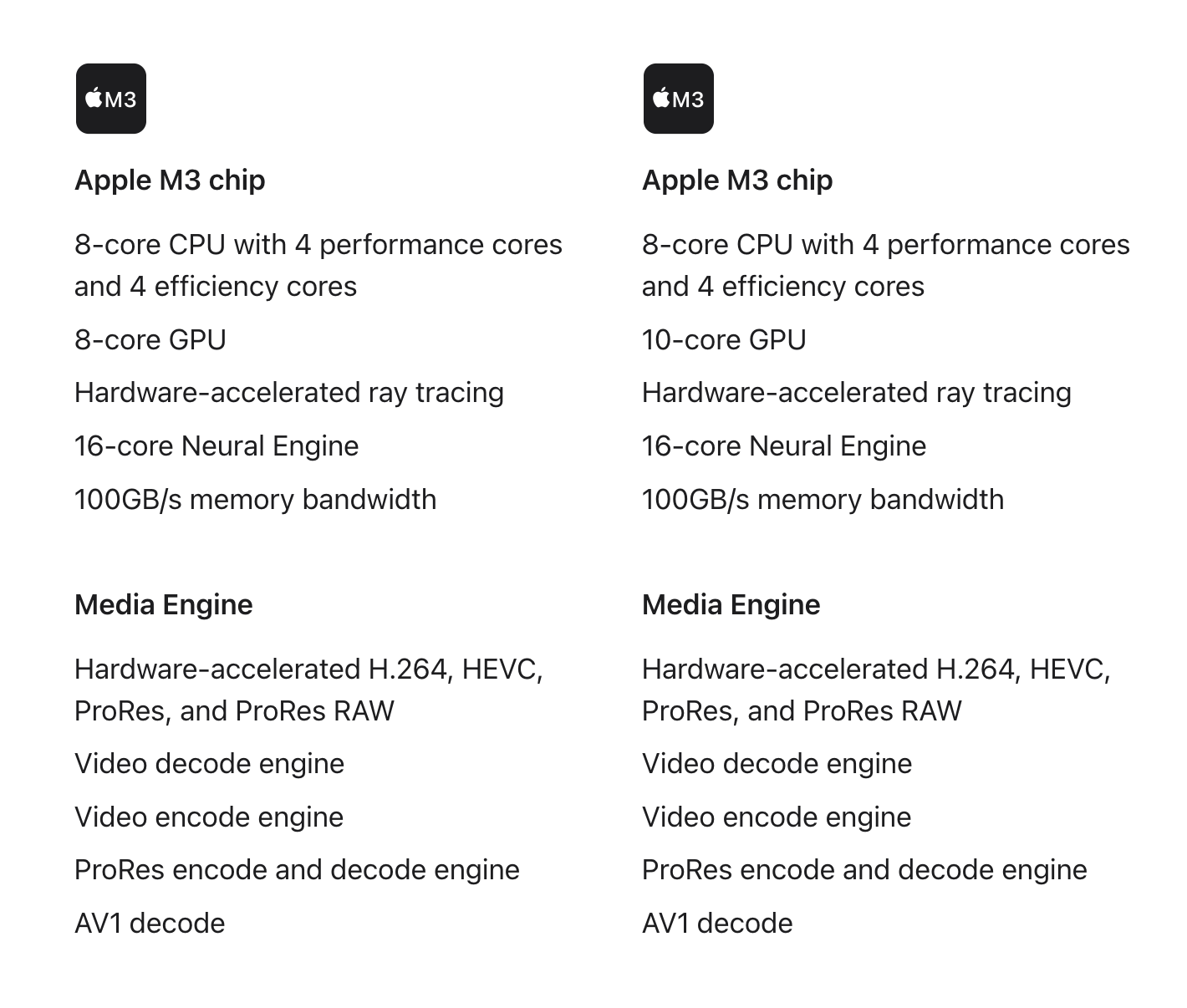
However I hate the iMac release this render is sick.
Conclusion: Existential Crisis
Clocking in at just 30 minutes, this was Apple’s shortest prerecorded event to date, presenting a rather underwhelming set of announcements. The spotlight was meant to be on the new Macs, but unfortunately, they failed to make a significant impact. Notably, this marked the first occasion where Apple highlighted the use of an iPhone for shooting the event – a subtle marketing nudge towards their latest iPhone models.
...If only the new iPhones were indeed that good. Recent weeks have been tumultuous for Apple, marred by issues ranging from overheating and random reboots to screen burn-in, diminished battery life, and a propensity for back glass to shatter under medium stress. The iPhone 15 Pro, in particular, has been at the center of this storm, facing an array of challenges unprecedented in the iPhone’s recent history. Apple finds itself in dire need of a miraculous solution to steer clear of this downturn.
Yet, this event was far from being the panacea needed. The Macs, while integral to Apple’s ecosystem, cater to a niche compared to the ubiquitous iPhone. From the high expectations set by the Vision Pro at WWDC to the anticlimactic September iPhone event, and now to this – it’s hard not to feel a palpable sense of disappointment, even for the staunchest Apple aficionados (I am definitely not one of them).
Apple, once revered for its reliable and premium software, appears to be on the verge of losing its unique charm and innovative spirit. The question now is whether Apple can navigate its way out of these turbulent waters. Perhaps the Vision Pro or the much-anticipated ‘Siri GPT’ will mark a turning point, but that remains to be seen. For the time being, it would be wise to temper one’s expectations and take a cautious glance at Apple’s current stock prices.


